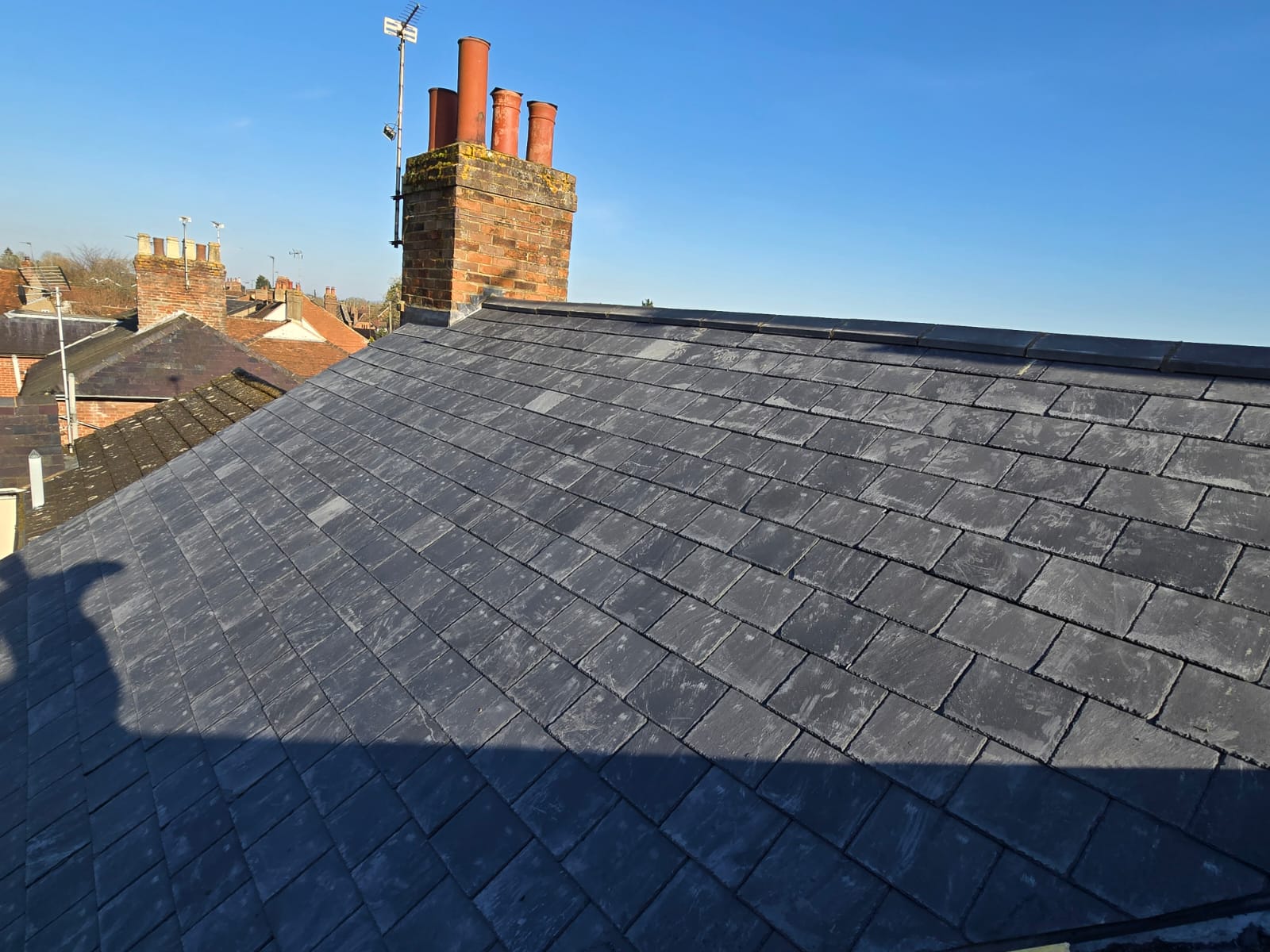A chimney is a crucial part of your home that helps vent smoke from the stove, fireplace, or furnace properly. But, like any other portion of your home, the chimney is always at risk of damage, specifically in the areas of junction with the roof. The flashing that surrounds the chimney is essential to prevent water from infiltrating your home, which can lead to significant damage. Over time, chimney flashing issues may arise, compromising the overall integrity of your home or roof. Identifying the signs sooner can help save you valuable money, time, and frustration.
Common Signs of Chimney Flashing Issues
Chimney flashing plays a crucial role in protecting your home against various dangers. It helps ensure that water does not leak into your home from the area where the chimney connects to the roof. Over time, flashing can get damaged, causing numerous issues. Identifying the signs can prevent expensive repairs in the future. So, here are a few common signs that indicate chimney flashing problems.
Water Stains on the Ceiling or Walls
Water stains around the ceiling or fireplace are the most visible indicator of a chimney flashing issue. Whenever the flashing starts to deteriorate or is improperly sealed, water begins to infiltrate it, travelling down to the ceiling below. Such stains generally appear as rings or dark patches around the chimney. If you notice these signs, it’s time to call in the pros for chimney repair services.
Rust or Corrosion Around Flashing
The chimney’s flashing is made of metal, which will eventually rust and corrode, especially when exposed to rough weather conditions. Rust is a clear indicator of flashing damage. Whenever rust forms, it wears down the flashing’s operability, creating a rigid seal that allows moisture to infiltrate the roofing system. The corroded flashing should be replaced immediately to prevent extensive water damage. Following the regular roof maintenance checklist shared with you by your appointed roofer can help identify such issues before they worsen.
Cracked or Loose Flashing
Over time, the extreme weather conditions and the ever-shifting foundations of the home can lead to cracks in the flashing or loosening. Whenever the flashing becomes detached or cracks, it fails to provide waterproofing, which leads to extensive leaks and other roofing issues. If you find any cracks, gaps, or loose sections in the flashing, it’s essential to hire local roofers for the repairs. Immediate attention to such issues can help save you from expensive water damage.

Moss or Mould Growth Near the Chimney
Algae, moss, and mould growth around the chimney base indicate an excessive buildup of moisture caused by flashing issues. If water starts leaking right through the flashing, it creates a damp space, promoting the growth of fungi. Moss and mould cause chimney damage, negatively impacting the overall condition of the roof. Roof cleaning is important to clear out the debris and moisture buildup, preventing these issues from happening.
Damaged Mortar or Brickwork Around the Chimney
Flashing issues damage the mortar and brickwork surrounding the chimney. When the flashing fails, water starts to infiltrate the masonry, causing cracks in the mortar and damage to the brick. This condition is often visible as cracks or crumbling material surrounding the chimney. If you find this kind of damage, it’s a sign of failed flashing, which allows water to penetrate the surface. Prompt flat roof maintenance services are key to preventing further damage to the structure.
Excessive Debris Around the Chimney Base
If you have an unusual accumulation of debris, from leaves to twigs, at the base of your chimney, it may be a sign that the flashing is not doing its job. Flashing is used to guide water away from the chimney, but a damaged flashing allows water to pool around the bottom, leading to a buildup of debris. A sea of debris on the roof could also indicate clogged gutters, another common cause of water pooling and damage. Regularly cleaning the roof can help keep the flashing effective and prevent water from pooling in unwanted areas.
Conclusion
Identifying the signs of chimney flashing issues sooner can help protect your home’s structural integrity. Taking immediate action can help prevent smaller issues from turning into extensive repairs. At Eversure Roofing, we offer reliable chimney repair and a range of other roofing services. Our team is proficient in handling everything, using effective tips and tricks, to ensure lasting results for years to come. Contact us today to schedule a professional roof inspection and keep your home safe.
Frequently Asked Questions
How Often Should I Inspect Chimney Flashing?
It’s recommended that chimney flashing be inspected at least once a year, especially after heavy storms. Regular checks can help identify early signs of wear and avoid costly repairs later.
Can I Repair Chimney Flashing Myself?
Chimney flashing repairs require specialised knowledge and tools to ensure proper sealing. DIY repairs may lead to further damage. It’s best to hire experienced local roofers for safe and effective repairs. Contact us today for a no-cost roof inspection.
Can Damaged Chimney Flashing Cause Roof Leaks?
Yes, damaged chimney flashing allows water to penetrate the roof, leading to leaks. Over time, this can cause significant damage to both the chimney and the surrounding roof structure.
